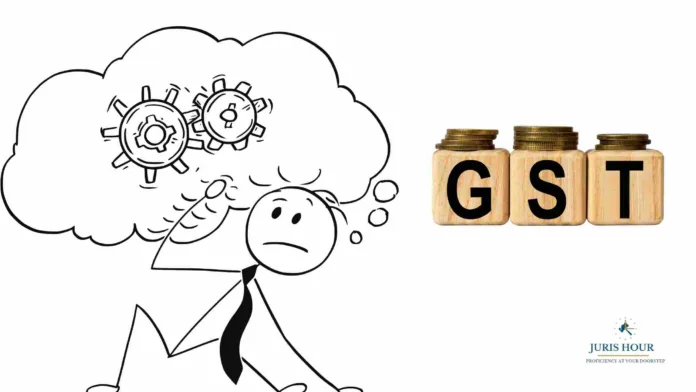The revised Goods and Services Tax (GST) rate structure, with slabs of 5 percent and 18 percent, has provided some relief to industries battling inverted duty structures. However, the elimination of the 12 percent slab has created challenges, especially for products caught between the 5 percent and 18 percent brackets, raising concerns over capital blockage.
Industries such as bicycles, tractors, fertilisers, and certain textile segments continue to face difficulties as inputs are often taxed higher than final products. For instance, steel attracts 18 percent GST, while bicycles and e-bikes fall in the 5 percent category. Similarly, although steps have been taken to address inverted duty structures in agriculture-related sectors, items like tractors remain in the 18 percent slab even as their tyres enjoy subsidies, creating anomalies.
An inverted duty scenario arises when tax on inputs surpasses the tax on finished goods. This leads to an accumulation of unutilised Input Tax Credit (ITC), restricting cash flow for businesses. The government has recently moved to correct some of these distortions. For example, GST on textiles and fertilisers has been rationalised, with rates on man-made fibre cut from 18 percent to 5 percent and man-made yarn reduced from 12 percent to 5 percent.
Despite such adjustments, industries point out that large gaps remain. The textile industry, which makes up 80 percent of the textile value chain, still struggles with rate mismatches that block working capital. “The inversion has not been removed entirely. Major problem areas include polyester fibre and textile machinery,” an industry executive said.
The GST Council has been urged to simplify the refund mechanism under Section 54(6) of the CGST Act by allowing provisional refunds up to 90 percent of claimed ITC within a fixed timeframe. Industry bodies also seek clarity on refunds for exporters under the ‘zero-rated supply’ mechanism, which remains cumbersome in practice.
For fertilisers, the correction of duty rates is expected to yield annual savings of around ₹5,000 crore. Yet, businesses say liquidity issues persist, as refunds are often delayed despite rules. “The biggest challenge is cash flow. While duties have been rationalised, working capital is still stuck,” said industry representatives.
Experts caution that although rationalisation has brought some relief, challenges remain for companies with products taxed at 18 percent but dependent on inputs in higher slabs. Many businesses argue that the now-removed 12 percent slab offered a better balance and its absence complicates compliance.
Read More: How GDPR Impacts Indian Businesses in 2025: Key Insights for Compliance and Strategy

